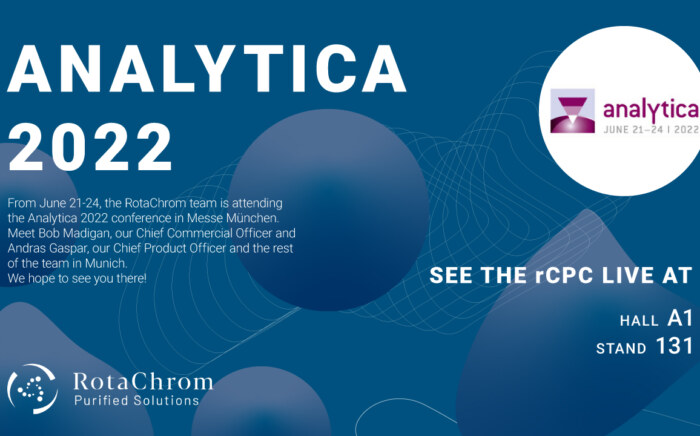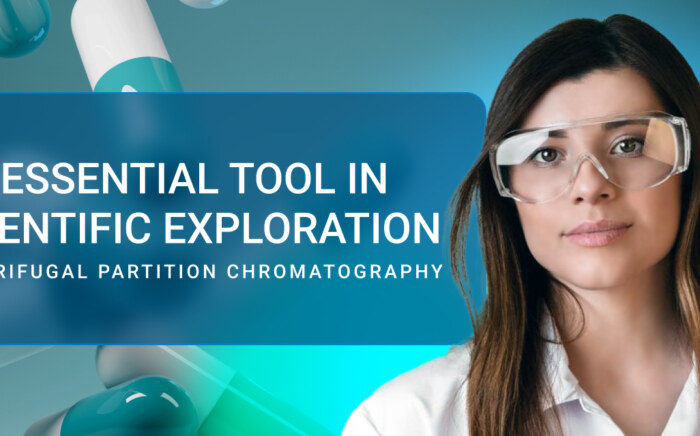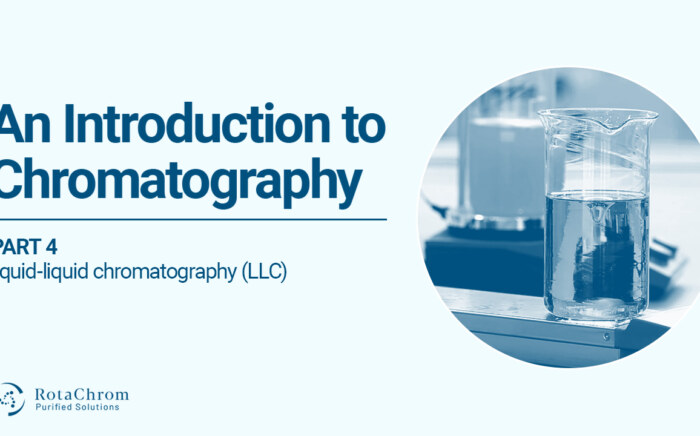Increasing separation efficiency by pH adjustment in Centrifugal Partition Chromatography
NewsLiquid-liquid chromatography (LLC) stands out as a potent technique in analytical chemistry, enabling the separation and purification of compounds based on their distribution between two immiscible phases. While much attention has been focused on the linear range of the distribution isotherm in LLC, a recent study delves into the exploration of LLC within the nonlinear range, using cannabidiol (CBD) as the model compound. CBD, a compound derived from the cannabis plant, is of interest due to its potential medicinal properties.
The study aims to uncover insights into LLC’s behavior within the nonlinear range, offering potential optimizations for handling complex mixtures or compounds exhibiting nonlinear distribution. Researchers conducted pulse injection experiments with CBD concentrations ranging from 1 to 300 mg/mL across three LLC units of different designs and volumes. They observed CBD elution profiles with diffusive fronts and sharp rear parts, studying them in different LLC units using a biphasic solvent system.
The outcomes underscore the promise of LLC within the nonlinear range, achieving successful CBD separation and suggesting its efficacy for compounds with similar behavior. The study highlights the importance of considering feed concentration’s influence on chromatographic behavior, contributing to a deeper understanding and optimization of LLC conditions. Mathematical modeling aids in interpreting complex interactions during LLC, providing valuable insights into compound behavior and extending LLC’s applicability.
This research expands LLC’s potential in separating compounds within the nonlinear range, offering possibilities for efficient separation and analysis across scientific and industrial domains. For those interested, the full article can be accessed via the provided link to the Journal of Chromatography.



